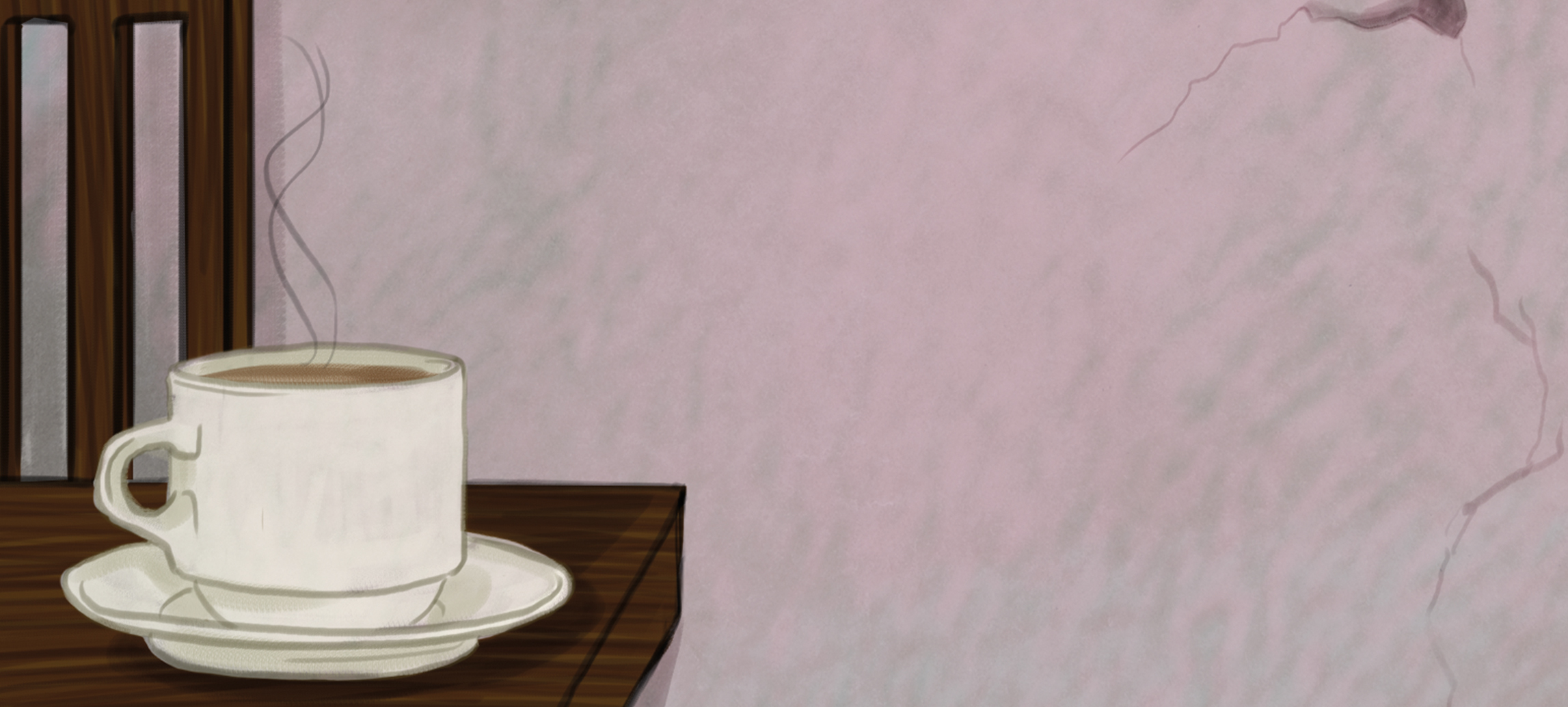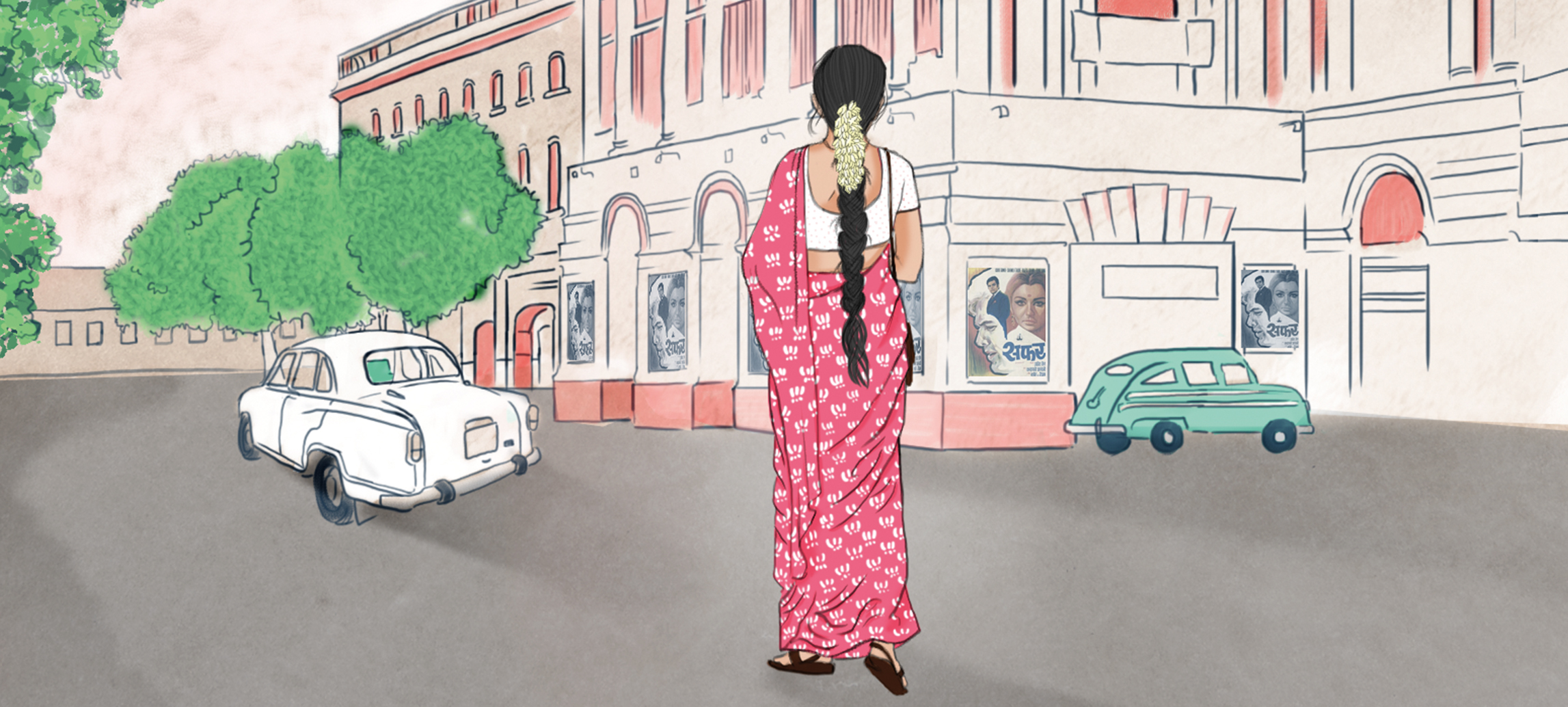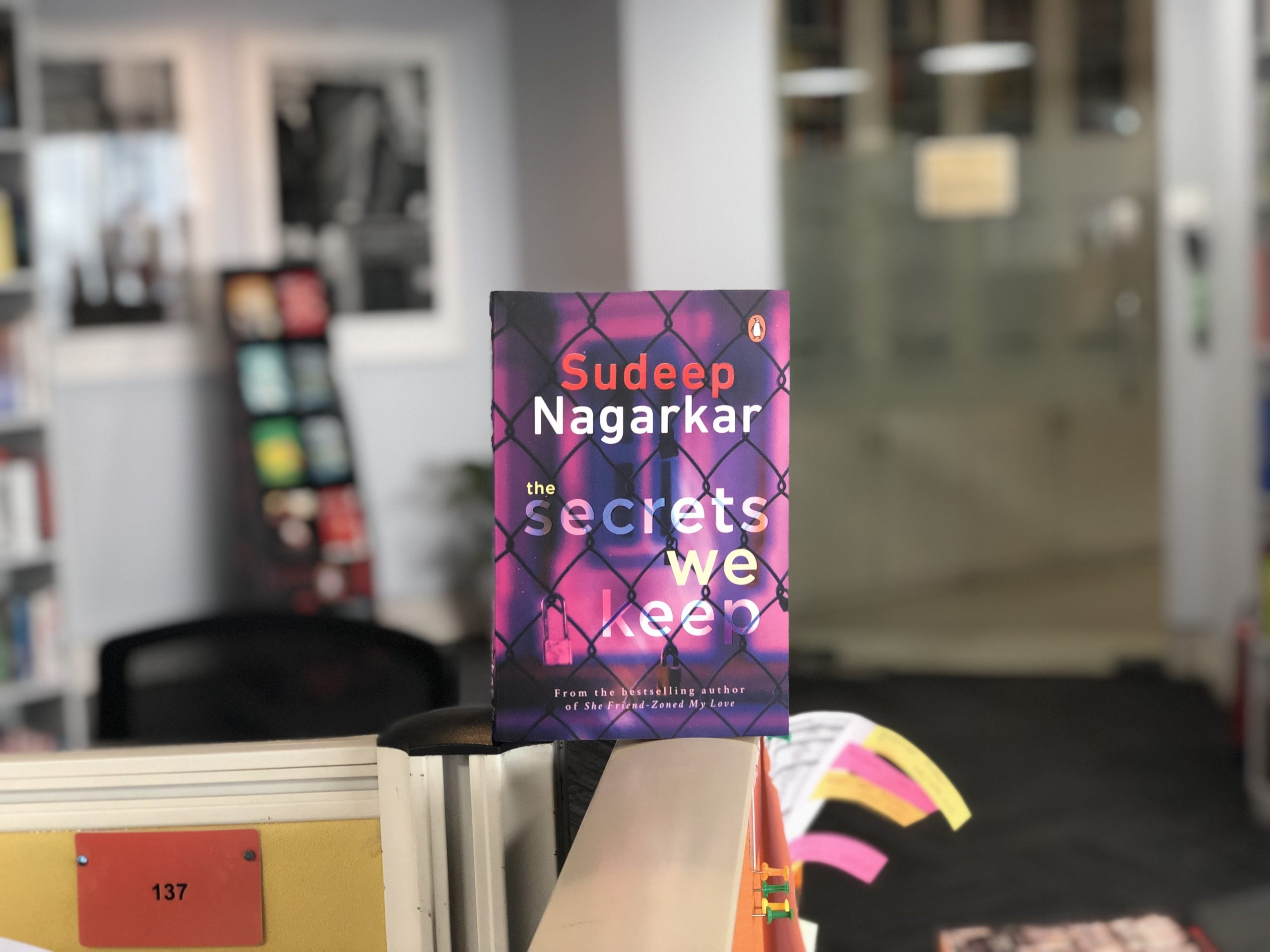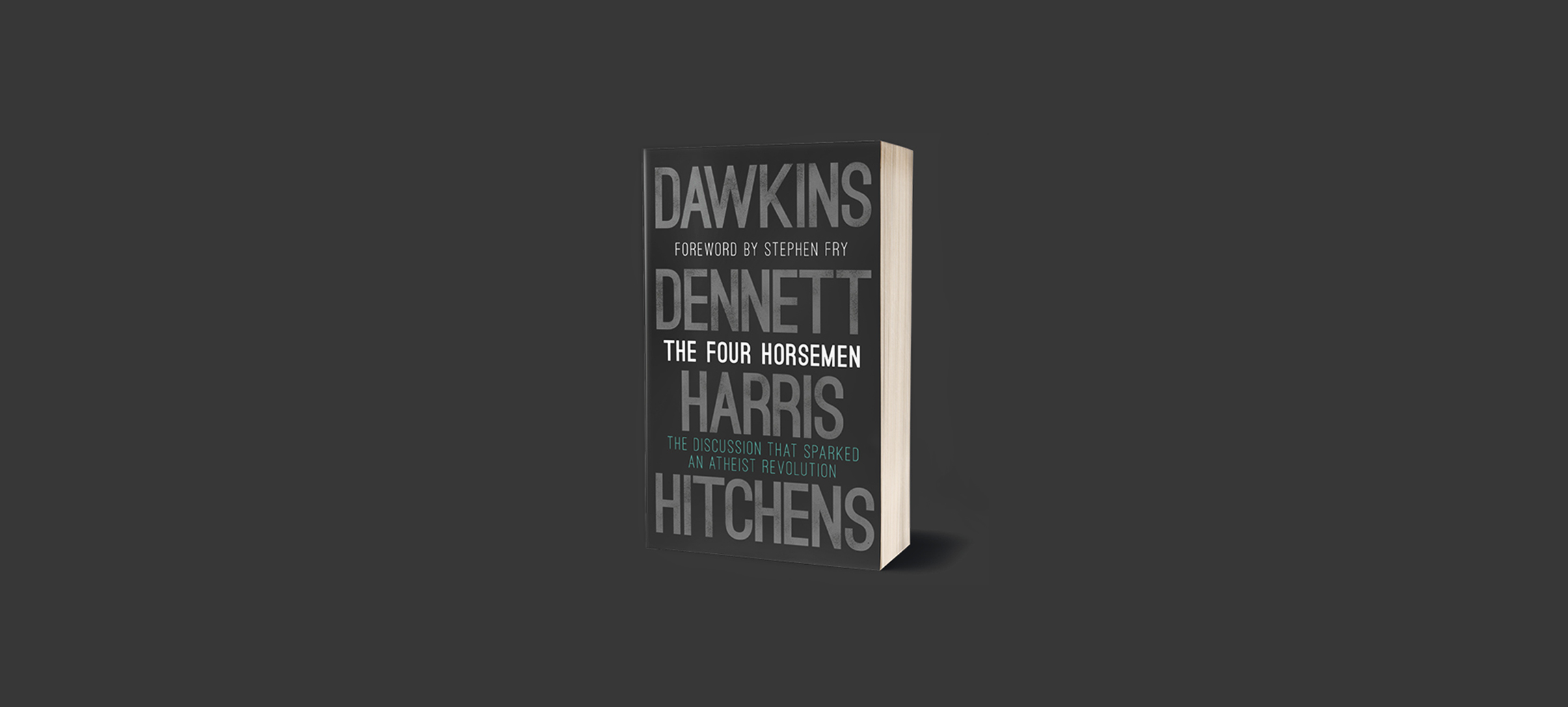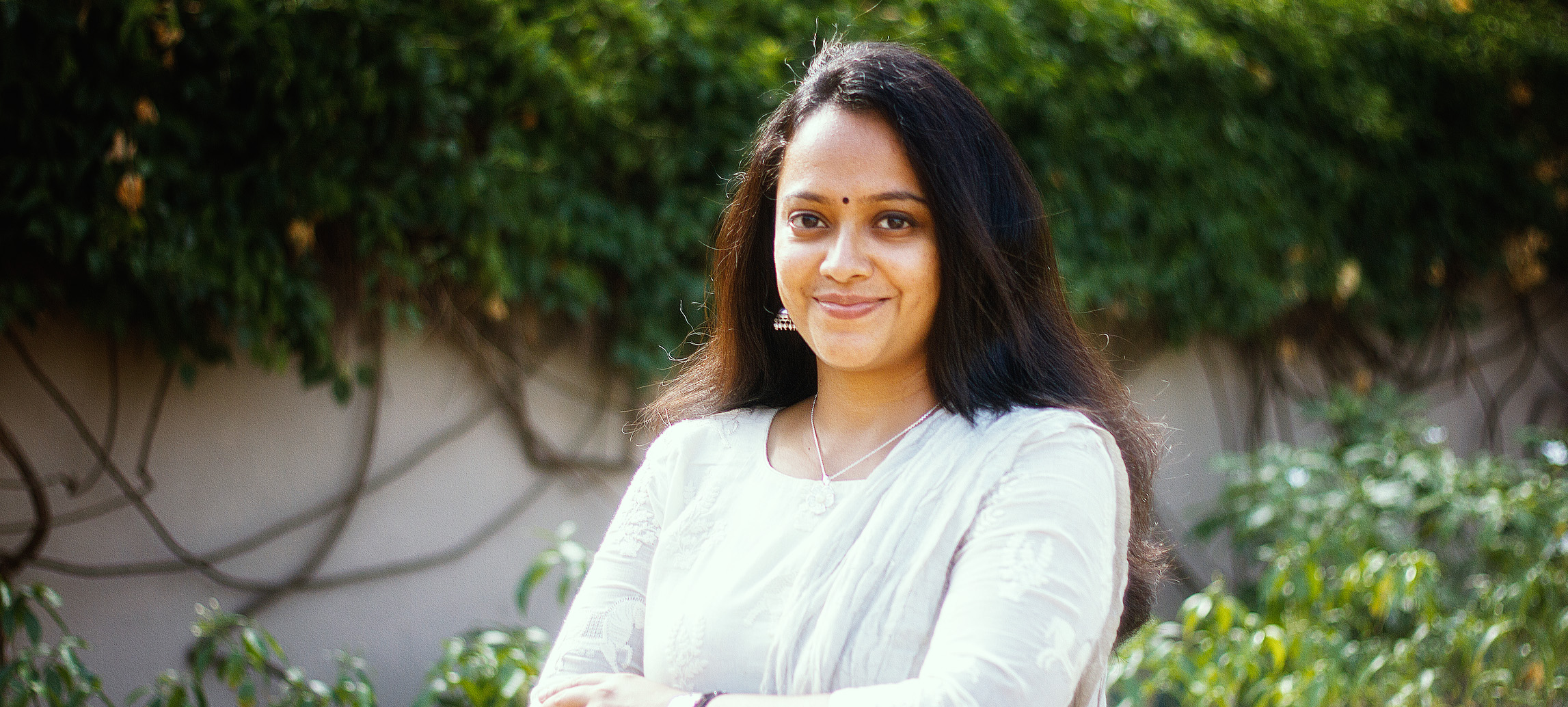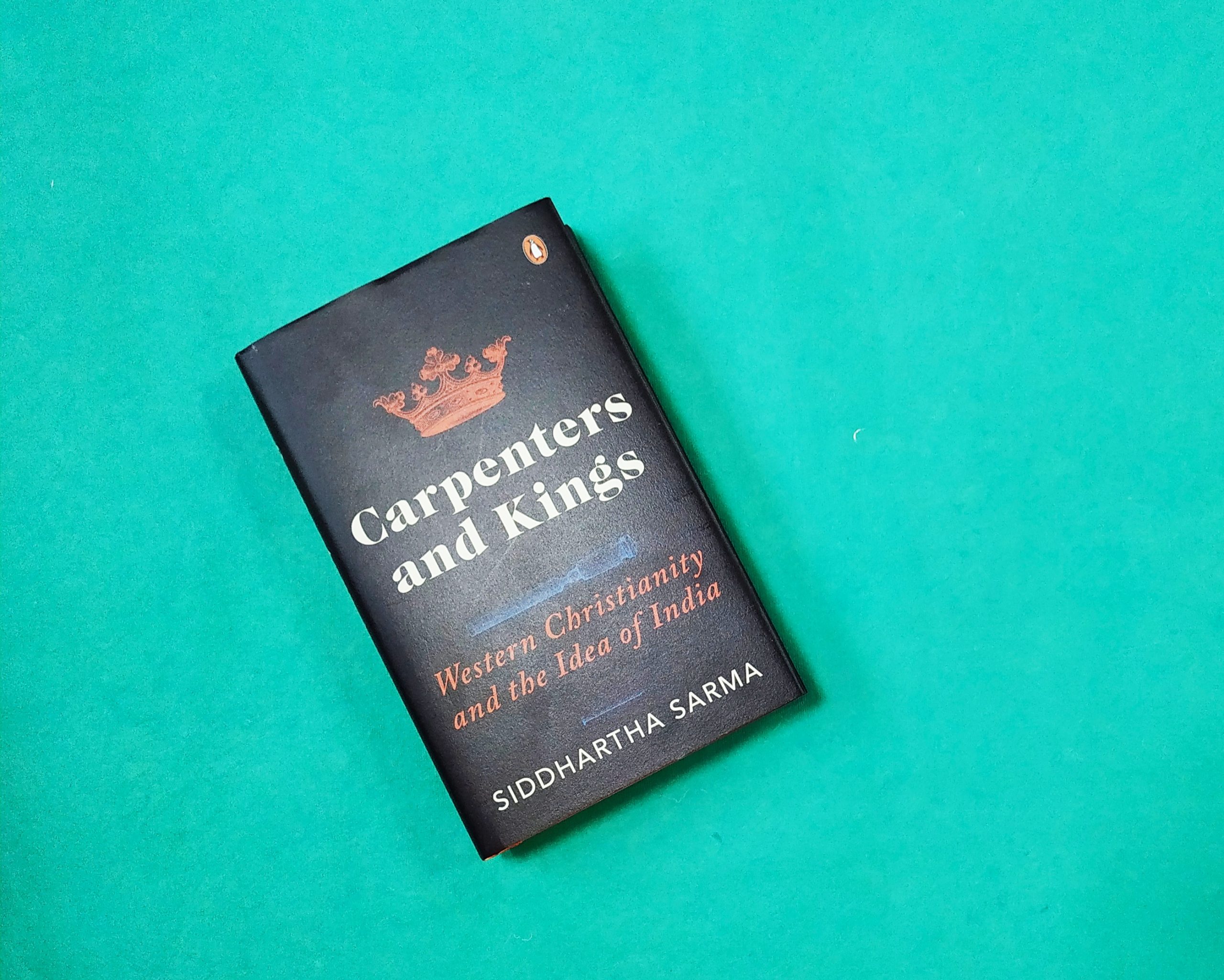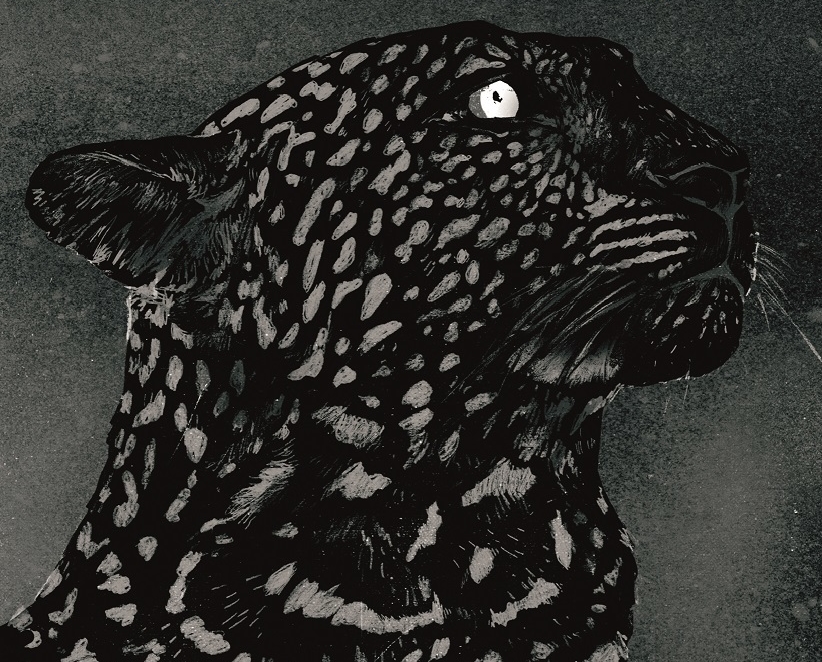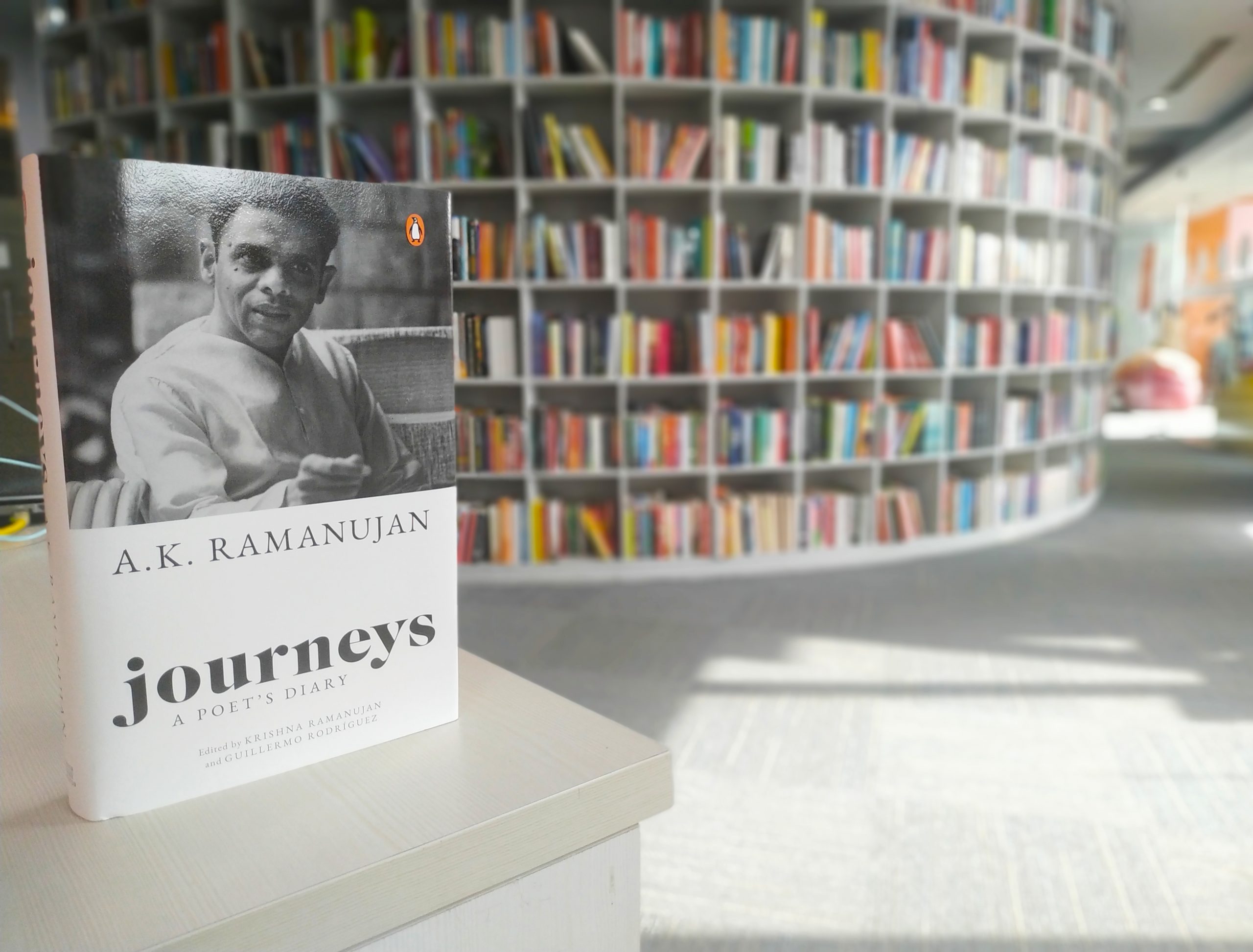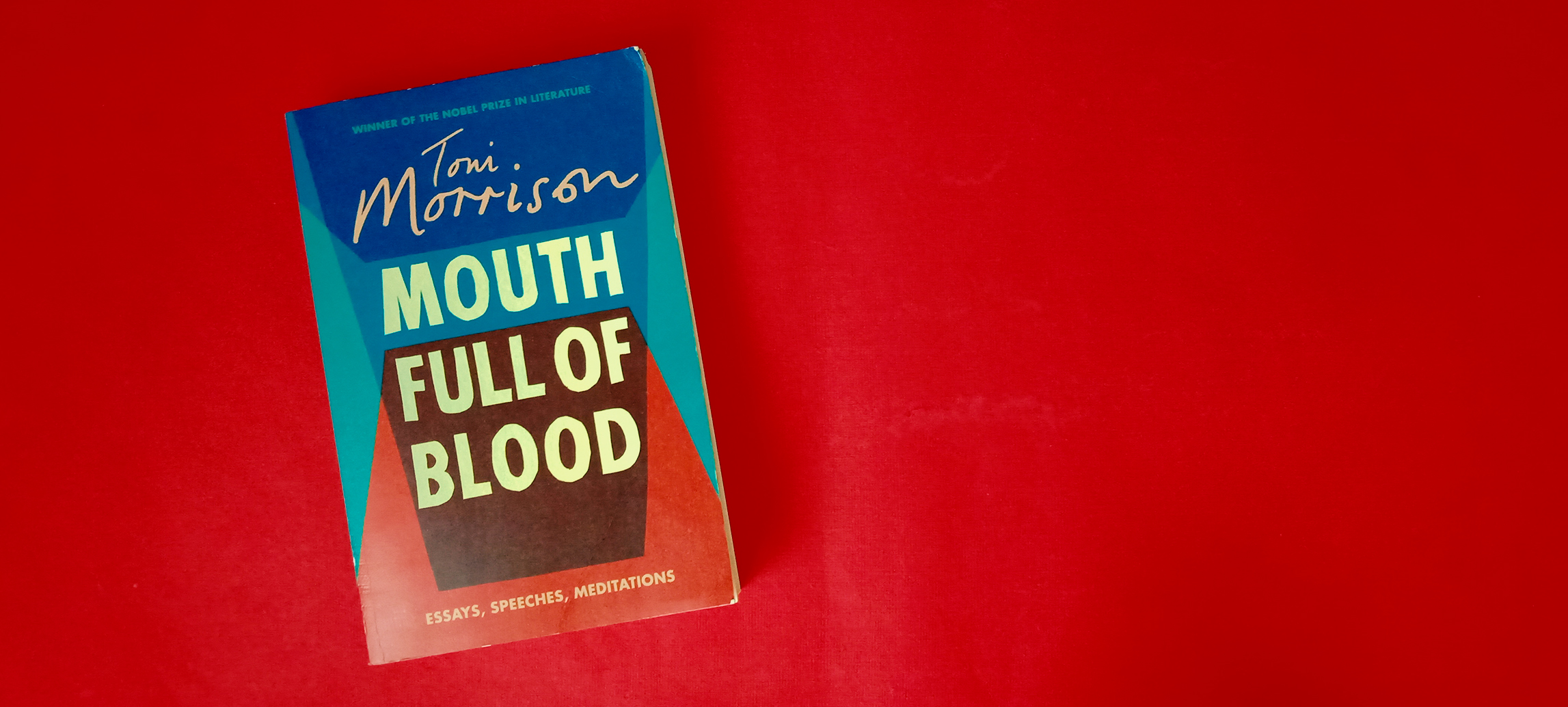On the morning of 6 May 1911, a large crowd gathered at Bombay’s Ballard Pier. They were there to bid farewell to a motley group of sixteen Indian men who were about to undertake a historic voyage to London. The persons whom the crowd cheered that sultry Saturday morning were members of the first All-India cricket team.
Conceived by an unlikely coalition of imperial and Indian elites, it took twelve years and three failed attempts before an ‘Indian’ cricket team made its debut on the playing fields of imperial Britain in the blazing coronation summer of 1911.
Prashant Kidambi, an associate professor of colonial history at the University of Leicester, introduces us to the first ever cricket team of India, in his book, Cricket Country.
Get to meet the team!
Maharaja Bhupinder Singh of Patiala :The First Captain of the Indian Cricket Team

Maharaja Bhupinder Singh was not the organizers’ initial choice to lead the first Indian Cricket Team. In fact, Framjee Patel wanted H.H. Jam Saheb to become the skipper of the team. The Maharaja was known to use cricket to serve his own political interests. In 1931, he shared strained relations with the Viceroy Willingdon and used cricket to regain influence on imperial affairs.
Major K.M. Mistry
“Said to be in a ‘class by himself’, Mistry had first made his mark as a bowler for the long- established John Bright CC in Bombay… But it was while playing for the famous Patiala team in the late 1890s that Mistry developed into a truly great batsman. This left-handed Parsi was adept at playing strokes all around the wicket, ’attaining the maximum of power with the minimum of power.’
Maneck Chand
“The Bombay Gazzete described the Punjabi as a ‘fast right hand bowler’ who could prove ‘very deadly’ if the conditions were favourable. Some even considered him the quickest bowler in the entire country.”
Dr. H.D. Kanga
“..Homi was said to possess ‘nerves of steel’ and play ‘a scientific game’…. ‘He is one of those brilliant cricketers who can bat against all kinds of bowling as calmly as possible and make runs freely.’ wrote one contemporary on the eve of the Parsis’ encounter with the Presidency in September 1905.”
P. Baloo

Palwankar Baloo belonged to the class of ‘untouchables’, “However, it was precisely his tireless toil on the cricket pitch in the face of deep-seated caste prejudice that defined Baloo’s long cricket career.” In fact, Baloo was considered to be one of the finest bowlers of the twentieth century and gave stellar performances in matches.
J.S. Warden
“The Bombay- born Warden, described by his captain Pavri as ‘a magnificent fellow’ was a relatively new find for the Parsis. This talented twenty-six-year old slow bowler – reputedly ‘one of the best in India’- was said to send down ‘balls which would beat the most wary of batsmen’.” He was a left handed bowler.

M.D. Pai
Mukund Damodar Pai was born in Bombay on 29th July 1883. His early cricket career was marked by consecutive success in playing cricket at schools and clubs. “The Bombay Gazette described Pai as a ‘fast run-getting bat, though. . . not quite of the hurricane type’; besides, he was said to be ‘a brilliant fielder’.”
H.F. Mulla
“Born in Bombay on 4 May 188, Mulla had first burst onto the cricketing scene as an undergraduate at Elphinstone College…. Even half a century later, one observer nostalgically recalled the ‘fabulous Homi Mulla. . . whose very turn to go in was the signal for us small boys to rush out of the tent or shamiana so as to be able to follow the ball as it became a tiny speck in the very clouds’.” He was considered to be a fine wicket keeper too.
K. Seshachari

Seshachari was one of the finest stumpers India has ever had. He was trained by Charles Studd, one of the most well- known cricket players of his time. In 1906, the Cricket noted that Seshachari’s “… wicket-keeping is quite first-class and brilliant enough for any country…”
Salamuddin Khan
Born as a Pathan, in the Basti Sheikh Darwesh district of Jullender, Salamuddin Khan was an all-rounder cricketer .It is said that he“ ‘ favourably impressed the Committee with his batting and bowling during the Bombay tour of the Aligarh team’.”
Shafqat Hussain
According the Bombay Gazette, Hussain had “ ‘been a revelation to local cricketers’ and commended his ability to bowl at varying speeds and lengths. ‘He scarcely bowls two balls alike in an over and we have seen no fast bowler in India who more admirable works with his head,’ the paper added.”
Syed Hasan
Syed Hasan was born in Moradabad and belonged to the North Indian Service Gentry. He was considered to be a reliable batsman- wicket keeper. Due to his cricketing abilities, he had also been a part of the Aligarh elite.

M.D. Bulsara
Maniksha Dadabhai bulsara was born in Daman on 2 September 1877. He was considered to be “‘a fast round- arm bowler of exceptional merit’, he was said to be ‘the only man in India who can make the ball “swerve” ‘“. It was said that he “could deliver a vicious leg break ‘that would beat the most wary of batsmen’. ”
R.P. Meherhomji
Meherhomji was a right handed batsman who, “possessed the ability to time his strokes ‘to a nicety’, and therefore make them look effortless.” In 1905, Framjee Patel wrote that, “ ‘One finds it difficult whether to award the palm to him or Mistry as the most graceful batsman of the present time,’”
B. Jayaram
Jayaram had to face many obstacles in order to learn how to play cricket. However, when he scored his first century against the Yorkshire Regiment, he attracted ‘ widespread attention’ throughout the country. Cricketer Edward Sewel, even commented ,“… cutting is his forte and he is always dashing a bat, never scoring slowly.”
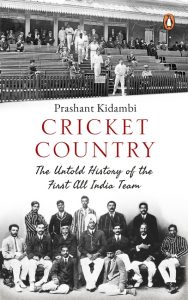
Noor Elahi
Noor Elahi was considered to be a ” ….fine batsman and a useful bowler”. I t was when he was playing in Kashmir, that he was invited to take part in the Indian Cricket Team tour of Britain. However, in the end Noor Elahi along with Maneck Chand withdrew from the tour. It is assumed that their employer, the Maharaja of Kashmir withdrew his decision of letting them travel abroad with the Indian Cricket team.
Drawing on an unparalleled range of original archival sources, Cricket Country is the untold story of how the idea of India was fashioned on the cricket pitch in the high noon of empire.








